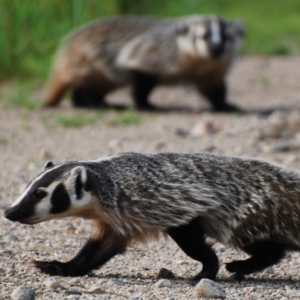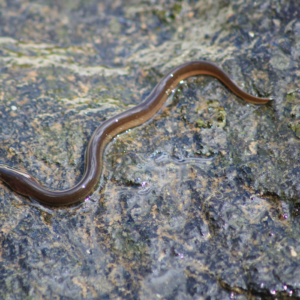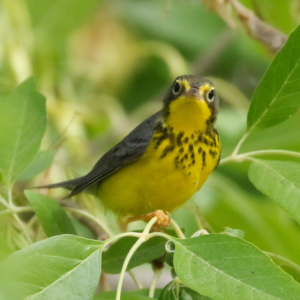Red Knot
Canada is the breeding ground for all three Red Knot subspecies found in North America. Save endangered species today by joining one of our campaigns!
Help End the ExtinctionVital Signs
- Common name: Red Knot
- Latin name: Calidris canutus roselaari, Calidris canutus rufa, Calidris canutus islandica
- Conservation Status: Threatened (C. c. roselaari) Special Concern (C. c. islandica), Endangered (C. c. rufa)
- Range: Yukon, Northwest Territories, British Columbia, Nunavut, Alberta, Saskatchewan, Manitoba, Ontario, Quebec, New Brunswick, Prince Edward Island, Nova Scotia, Newfoundland and Labrador
- Life span: Average 7-8 years, but one Red Knot was recorded as living to at least 25 years old
- Size: length of 23-27 cm, weigh 125-205 g, wingspan of 57-60 cm
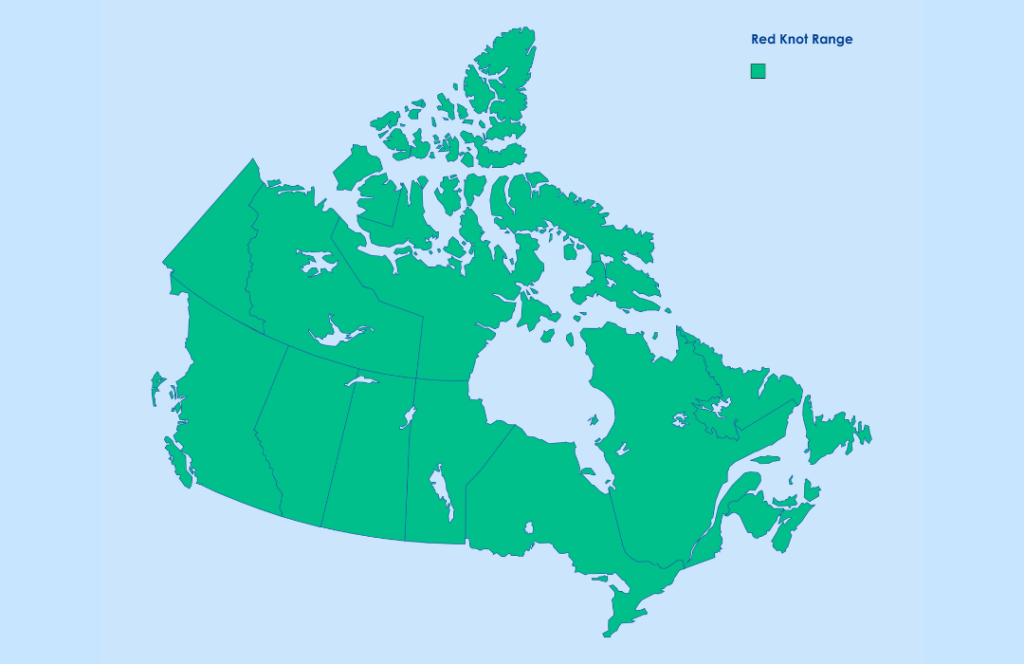
The Red Knot is usually pale brown with a white underbelly and throat. During breeding season, they have an orange to red underside, and their backsides are a combination of black, gold, and rust colours.
Red Knot Facts
- Live by lagoons, estuaries, and flat beaches
- When nesting, they like flat tundra. They scrape a divot in the ground and may line it with lichen and other plants
- A few days after the eggs hatch, the female leaves and the male cares for the chicks
- Forage slower than smaller sandpipers
- Feed on things like crustaceans, molluscs, marine worms, and fish eggs. In the Arctic, they also feed on seeds and grass shoots
- Males establish their territory at nest sites and defend them vigorously
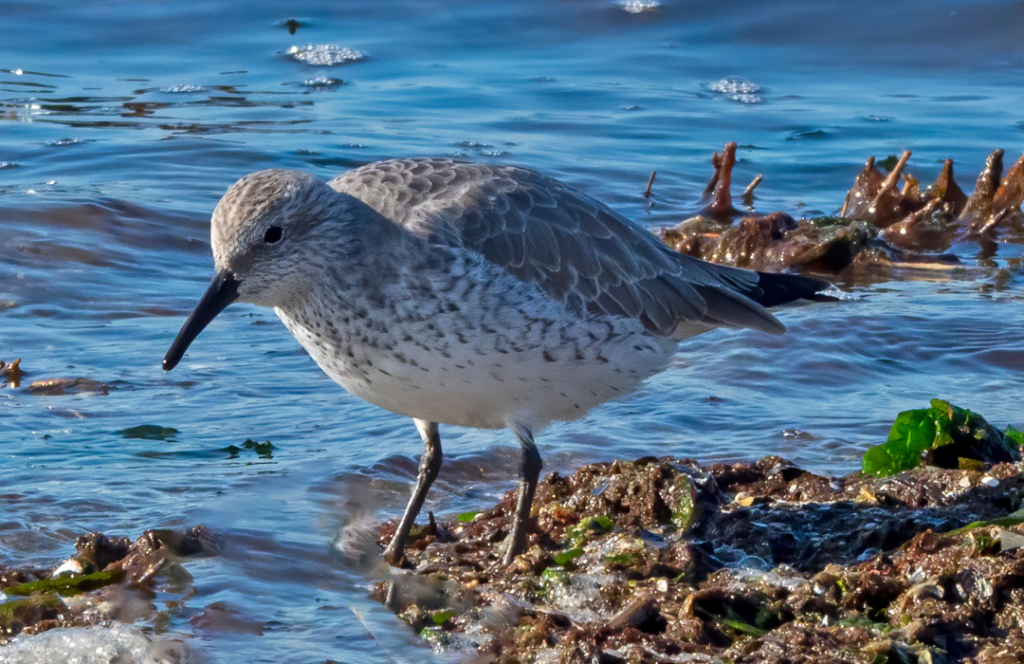
Threats
The biggest threat to Red Knots is a lack of food availability while migrating. These birds rely on horseshoe crab eggs, but there is less availability due to the overfishing of horseshoe crabs. While there are measures in place that have stopped the horseshoe crab harvest where Red Knots need the eggs, the crab populations are not recovering and so there still aren’t enough for the birds to eat.
Red Knots are also threatened by climate change and a loss of wetland habitat.
What’s Being Done
There is currently a recovery plan in place in Canada for the roselaari and rufa subspecies. It also contains a management strategy for the islandica subspecies. The aims of these plans are conserving the existing roselaari population and to stop the decline of rufa and islandica populations. It also aims to protect critical habitat for the rufa and roselaari subspecies.
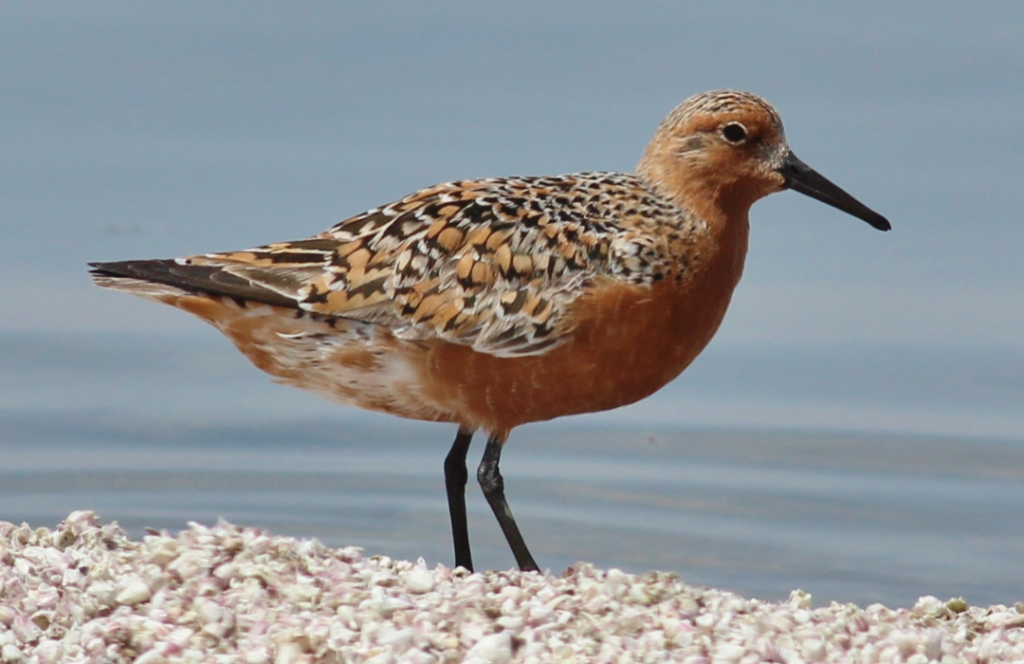
Canada has committed to the goal of protecting 30% of lands, ocean, and freshwater in Canada by 2030. This goal will help protect ecosystems, restore habitats, and fight climate change. All these things are a step in protecting Canada’s at-risk animals—so let’s hold the federal government to their promise.
How to Help
- Help Out: Support habitat conservation and bird conservation initiatives.
- Learn: Read our field notes for Eeyou Istchee and stay informed about endangered species by signing up for Nature Canada’s monthly e-newsletter.
- Find out more: Help us end the extinction by taking action for nature today—visit conservation websites like Nature Canada or join one of our campaigns!
Resources
- Canada – Recovery Strategy and Management Plan for the Red Knot (Calidris canutus) in Canada
- COSEWIC – Assessment and Status Report
- SARA – Species Profile (C. c. islandica)
- SARA – Species Profile (C. c. roselaari)
- SARA – Species Profile (C. c. rufa)

